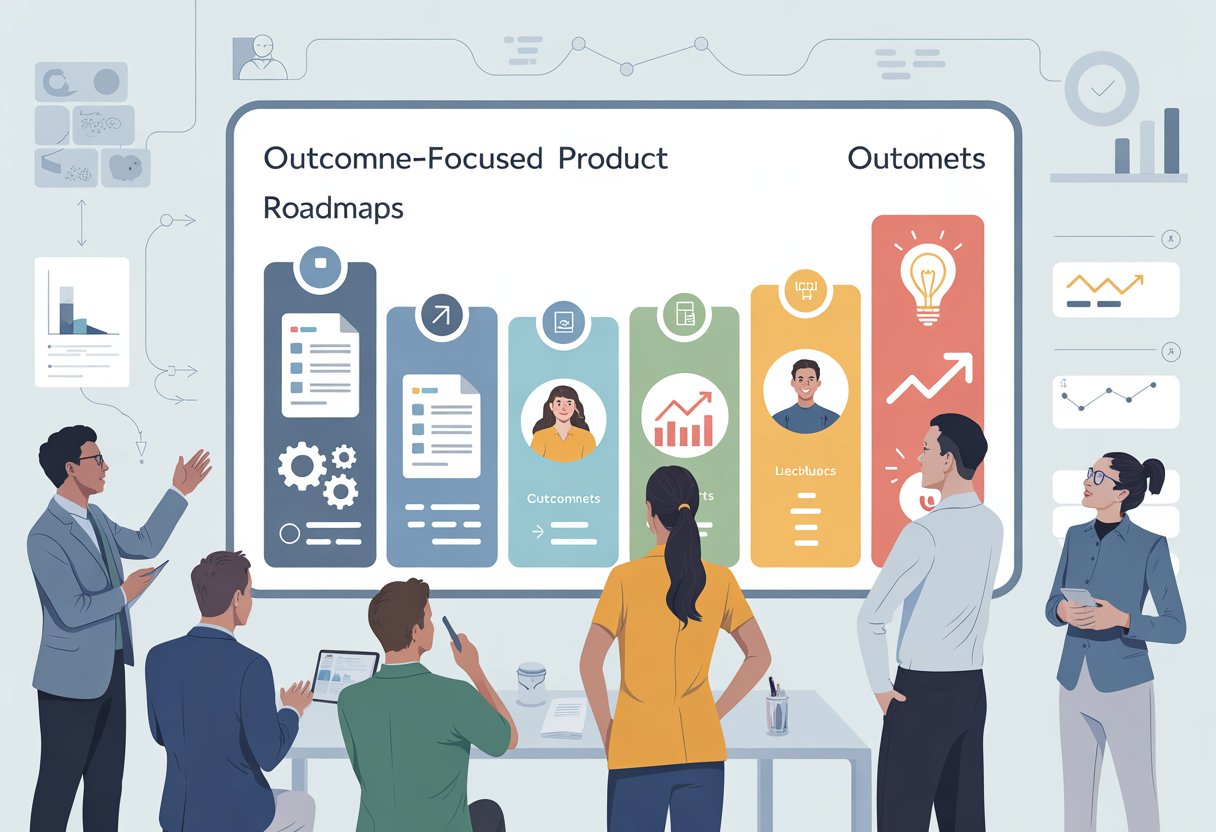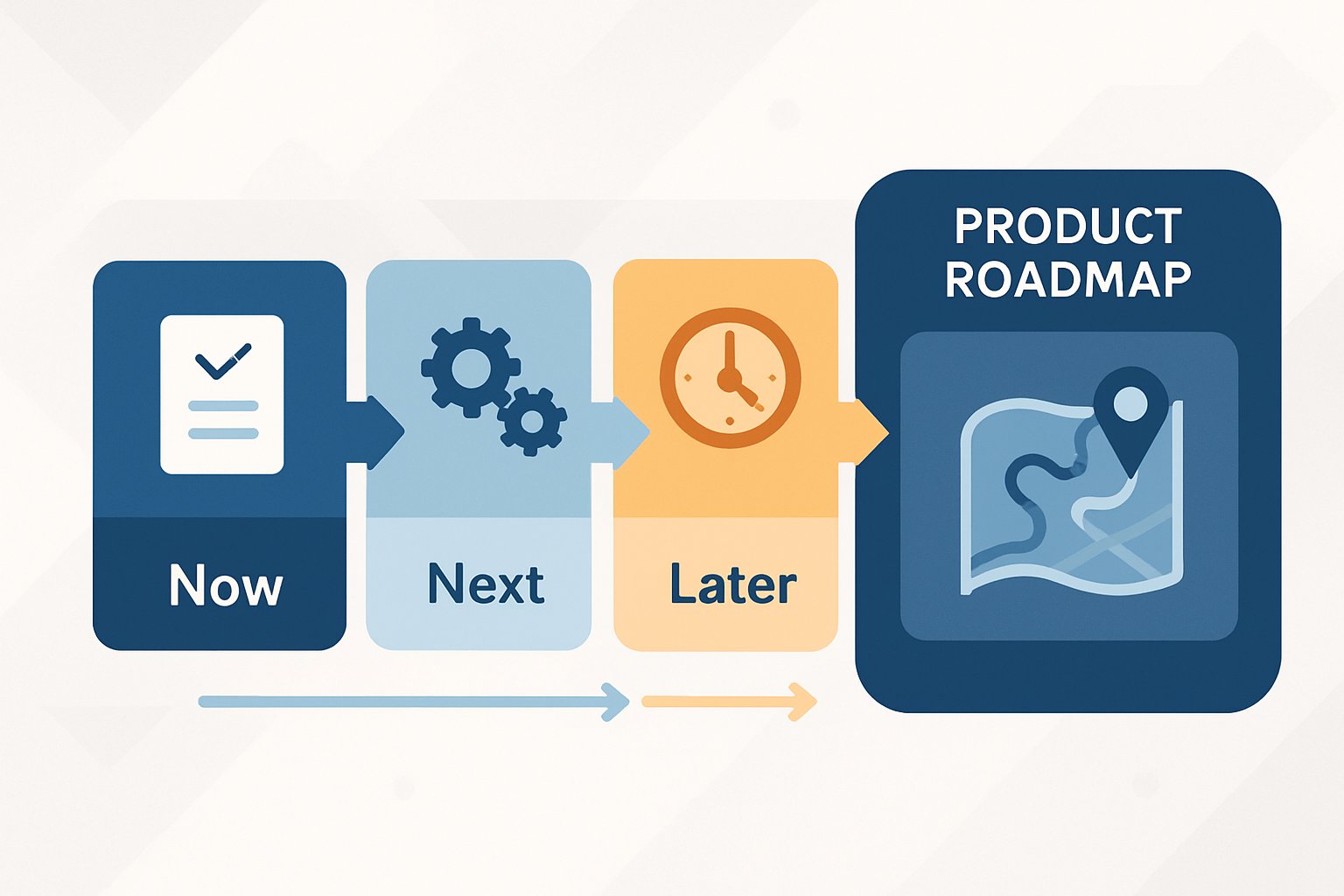Expanding into global markets isn’t just about translation. Companies face a tangle of challenges—dates, currencies, text direction, and local operations all matter if you want your software to actually work for people everywhere.

International business demands shape technical decisions and release schedules more than most folks expect. Teams have to juggle coordinated product launches with the quirky requirements of each new market.
Quick definitions (one line each)
Internationalization (i18n): Engineering and design work so the product can support any locale.
Localization (l10n): Translating and adapting UI and content for a specific locale with language plus region.
Locale: A tag like en-GB or ar-SA defining language, region, and formatting rules.
RTL: Right-to-left scripts like Arabic and Hebrew requiring mirrored layouts and bidi handling.
ICU/CLDR: Unicode libraries and data for correct dates, numbers, plurals, and currencies.
Release train: Fixed shipping cadence where locales join when strings freeze and QA passes.
Locale deprecation: Retiring a locale or old formatting behavior with notice and migration.
The seven-step i18n playbook
1) Decide your locale strategy
Group your global markets into tiers. Tier 1 covers core revenue locales, while Tier 2 is for growth bets you can toggle on or off.
Stick with BCP-47 tags for consistency. Keep content locale, display currency, and timezone as separate concerns. This method works across web, mobile, and IoT.
2) Design with rules, not exceptions
Build your user interface to handle text expansion—think at least 30% or more. Fixed widths? Avoid them, as they break in other languages.
Mirror layouts, icons, and sliders for RTL languages. Use logical CSS like margin-inline-start. Inputs need to support local digits, separators, and non-Latin names. Pick units (metric or imperial) based on your audience.
3) Model time and money correctly
Store timestamps in UTC, then display them in the user’s timezone. Handle daylight saving and non-standard work weeks.
Store money as integer minor units with ISO-4217 currency codes per transaction. Record user locale, display currency, and billing currency separately in your API.
4) Build a copy system
Set up a central strings repository with keys, screenshots, and context notes. Use ICU MessageFormat for plurals and gender.
Keep a glossary and style guide for each language. It really helps keep translations consistent.
5) Pseudo-localize early
Plug pseudo-localization into your build process. It adds length, accents, and RTL text to catch issues early.
Fail builds when text gets clipped or labels vanish.
6) Run localization ops (l10n)
Follow this workflow: draft, translate, human review, in-context QA, then sign-off. Enforce string freezes with each release cycle.
7) Roll out by market, then monitor
Turn on locales using feature flags. Track metrics like activation and conversion. Keep an eye on crash rates and accessibility bugs as guardrails.
The traps that blow up roadmaps (and how to avoid them)
1) Dates & times
Sometimes we store local times and hard-code “end of day” values. That falls apart when users cross time zones.
Store UTC instead. Compute boundaries with the user’s timezone. Format dates using ICU libraries. Support non-Gregorian calendars if needed.
Different date formats can really trip up users. Americans expect MM/DD/YYYY, Europeans want DD/MM/YYYY. It’s confusing.
2) Currencies & prices
String concatenation for currency display? It’s a trap. Rounding prices at the wrong step means lost money.
Store minor units in your database. Format with ICU NumberFormat. Currency rules matter:
- JPY = 0 decimals
- KWD = 3 decimals
Test pricing per market. Pricing isn’t just about foreign exchange rates.
3) RTL & bidi text
Aligning text right for right-to-left languages like Arabic isn’t enough. Arrows, progress bars, carousels—they often still flow left-to-right.
Mirror layouts and assets completely. Use dir="auto" and bidi markers for mixed scripts. Text expansion in RTL languages behaves differently.
4) Locale ops (“translate at the end”)
Late strings miss the release train, and we scramble to fix things under pressure.
Pseudo-localize from sprint one. Set string freeze dates. Build translation memory. Run in-context QA with your translation management system.
5) Release-train realities
Choosing one “global” launch date for multiple markets? It ignores local dependencies.
Phase markets using feature flags. Account for payment and tax needs. Respect local support hours. Publish readiness status for each locale.
Trade-offs you’ll face
Planning global expansion brings tough choices that shape product-market fit in new regions.
Translation approaches force a decision between speed and quality. Machine learning with human review costs more, but delivers better results than just automation.
Market entry strategies create timing headaches. Rolling out market-by-market reduces risk and gives you real user signals, but it slows down your globalization.
| Strategy | Speed | Risk Level | Best For |
|---|---|---|---|
| Big-bang launch | Fast | High | Small apps |
| Gradual rollout | Slow | Low | Complex products |
Technical infrastructure needs upfront investment. Central string repositories make consistency easier, but require setup and discipline.
International trade issues also affect choices, since payment systems differ by region during entry.
Worked example: quick localization budget
Let’s say a mobile app needs translation for six international markets. The app has 8,000 UI words to localize.
Here’s the formula: Budget (USD) = Words × Languages × Rate × (1 + QA factor)
| Component | Value |
|---|---|
| Words | 8,000 UI words |
| Languages | 6 |
| Rate per word | $0.12 |
| QA factor | 25% |
Budget = 8,000 × 6 × 0.12 × 1.25 = $7,200
Add a 10-15% buffer for legal copy tweaks or screenshot updates each market might need.
Realistic Examples
A SaaS billing company moved into the Middle East and hit big invoice failures. Their system struggled with Saudi Riyal and Kuwaiti Dinar. Timezone bugs caused duplicate billing attempts.
We fixed it by storing money in minor units using ISO-4217 standards. Kuwait’s currency needs three decimal places—not two. They switched to UTC storage, displayed timezones, and built an RTL admin portal.
- Pseudo-localization testing from day one
- RTL interface support
- Sandbox invoices for testing partners
- Proper currency decimal handling
Invoice errors dropped 93%. Payments came in six days faster on average.
An e-commerce platform expanded to Arabic and Japanese. Customers saw odd prices and couldn’t sort products right. The English-only UI hurt sales.
They used ICU libraries for currency, number, and date formatting. The Arabic version got a mirrored UI. Sorting worked for each language.
Checkout conversion rates jumped 2.8 points in Arabic markets and 1.9 in Japanese.
Guardrails & ethics (non-negotiable)
We get consent in the local language for all data collection. We honor data-residency promises and don’t sneak in cross-border transfers.
WCAG 2.1 AA standards apply everywhere. We test keyboard and screen-reader access in RTL languages and check contrast after translation.
We show tax and fees upfront. No bait-and-switch with currency conversion.
We avoid using flags for languages and stick to neutral region names. We vet imagery and idioms for cultural fit.
We never ship degraded features to some locales without clear disclosure and a plan to improve.
Pitfalls & better alternatives
Hard-coded strings are a headache. Externalize them with keys and context. Block merges if new hard-coded text sneaks in.
String concatenation for formatting breaks things in many languages. Use ICU for dates, numbers, and currency.
Assuming left-to-right text leaves out millions. Build RTL support from day one with logical CSS and mirrored assets.
UTC-blind scheduling confuses users across time zones. Store UTC times, compute with user timezones, and support Friday-Saturday weekends.
“Translate at the end” always backfires. Use pseudo-localization in CI, enforce string freeze periods, and run in-context QA before launch.
One-size infrastructure limits performance in other markets. Adjust caching, timeouts, and rate limits for slower networks and local vendor quirks.
Mini FAQ
Do we really need ICU/CLDR?
Yeah, we do. Hand-rolled formatters just can’t handle plurals, decimals, calendars, or all those weird locale quirks. ICU/CLDR actually encodes the local rules, so you aren’t left guessing.
How many locales should we launch with?
Kick things off with Tier 1—that’s usually 2 to 5 locales that match your revenue and ops capacity. Add Tier 2 once you’re ready to support more.
Can MT replace human review?
Nope. MT can help draft stuff, sure. But always do a human review for UI, legal, and marketing copy.
How do we test RTL without native speakers?
Try using OS or app RTL force settings. You can also run pseudo-RTL builds and hire a native speaker for a quick review pass.
What’s the hidden cost most teams miss?
Ops & QA time—things like in-context review, screenshots, store listings, and support content. Make sure you budget for it.




